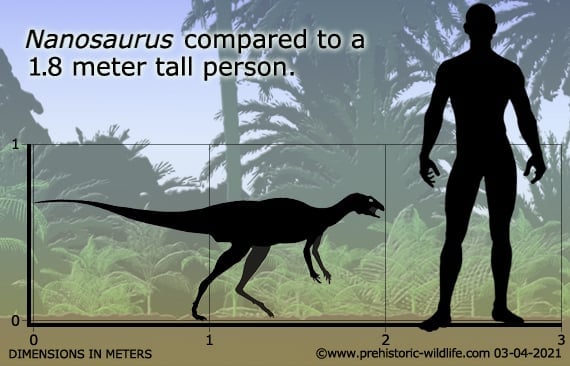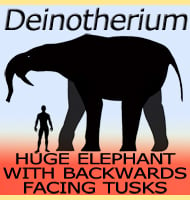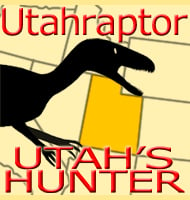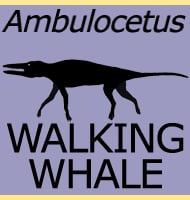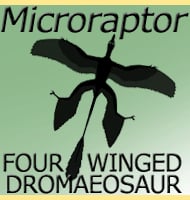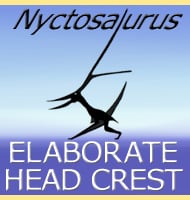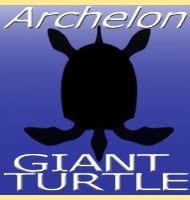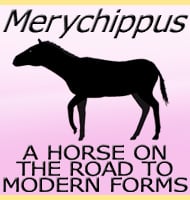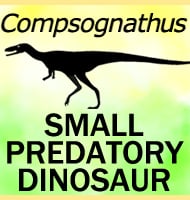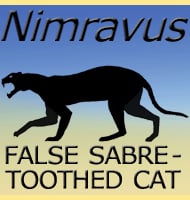In Depth
Nanosaurus used to be an uncertain genus of ornithopod dinosaur. In the past three species have been named for Nanosaurus, N. agilis, N. rex and N. Victor. The holotype of N. rex was used to create the genus Othnielia in 1977, while N. victor was later realised to be based upon crocodilian remains. This meant that for some time the only valid species of Nanosaurus remaining is the type species, N. agilis.
Then in a 2018 study (Carpenter & Galton) new fossils of an ornithishcian dinosaur were described. These fossil bones bore a striking similarity to not only the type species material of Nanosaurus, but also other fossils that had been previously removed from the genus to become new genera. Additionally the genus Drinker was also seen to be so similar it was almost certainly synonymous with Nanosaurus.
Nanosaurus seems to have been one of the principal small dinosaurs roaming North America during the late Jurassic. Nanosaurus would have been a browser of low growing vegetation, where shelter and cover may have also been sought from the eyes of the numerous predatory dinosaurs also roaming the land at the same time.
Further Reading
- Notice of some new vertebrate fossils. - American Journal of Science (Series 3) 14:249-256. - Othniel Charles Marsh - 1877a. - Notice of new dinosaurian reptiles from the Jurassic formations. - American Journal of Science (Series 3) 14:514-516. - Othniel Charles Marsh - 1877b. - Principal characters of American Jurassic dinosaurs. Part V. - American Journal of Science 21: 418–423. - Othniel Charles Marsh - 1881. - The ornithopod dinosaur Dryosaurus and a Laurasia-Gondwanaland connection in the Upper Jurassic. - Nature 268: 230-232. - Peter M. Galton - 1977. - Teeth of ornithischian dinosaurs (mostly Ornithopoda) from the Morrison Formation (Upper Jurassic) of the western United States - Peter M. Galton - In, Horns and Beaks: Ceratopsian and Ornithopod Dinosaurs. Indiana University Press: Bloomington - Kenneth Carpenter (ed) - 2007. – A photo documentation of bipedal ornithischian dinosaurs from the Upper Jurassic Morrison Formation, USA. – Geology of the Intermountain West. 5: 167–207. – Kenneth Carpenter & Peter M. Galton – 2018.
